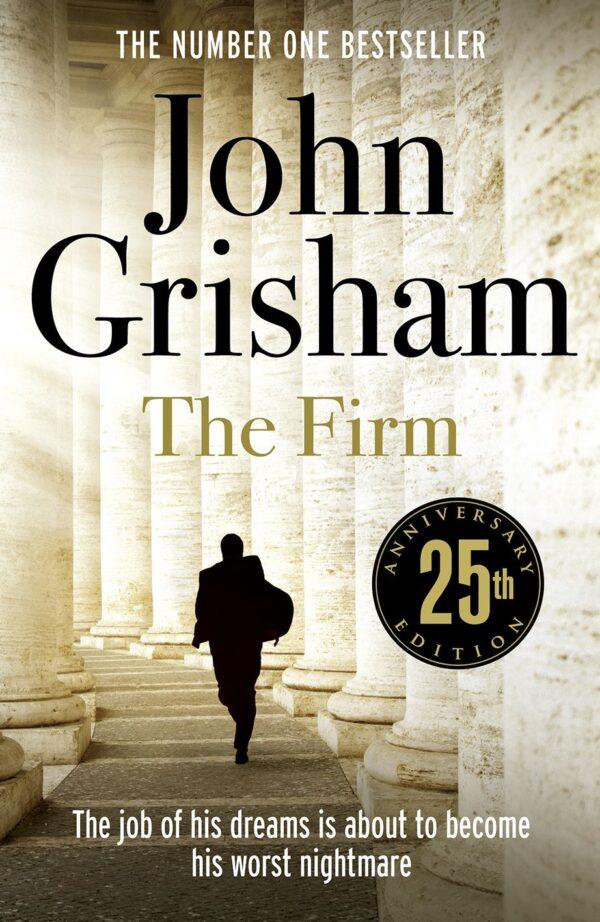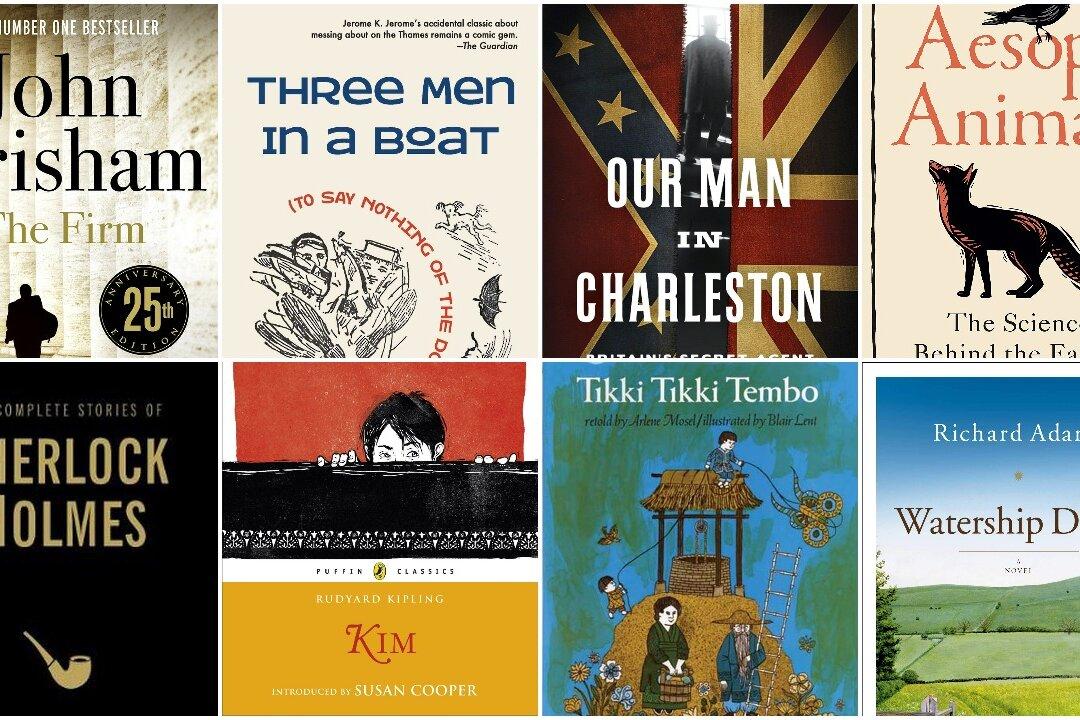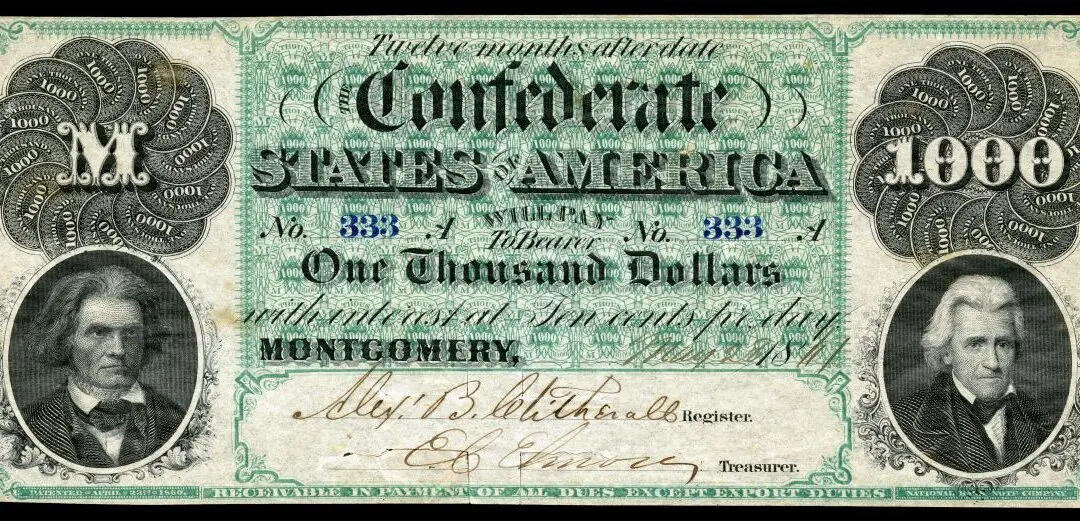This week’s selection of books features a legal drama, detective mysteries, and a history of why Britain never recognized the Confederacy.
Fiction

The Ultimate Legal Thriller
‘The Firm’ By John GrishamWhen Mitch McDeere graduates from Harvard Law School, he has the opportunity to join any law firm he likes. He prefers a small, but prominent one. His dream job becomes a nightmare as he finds himself pinned between the Mafia, the FBI, and colleague loyalty.





